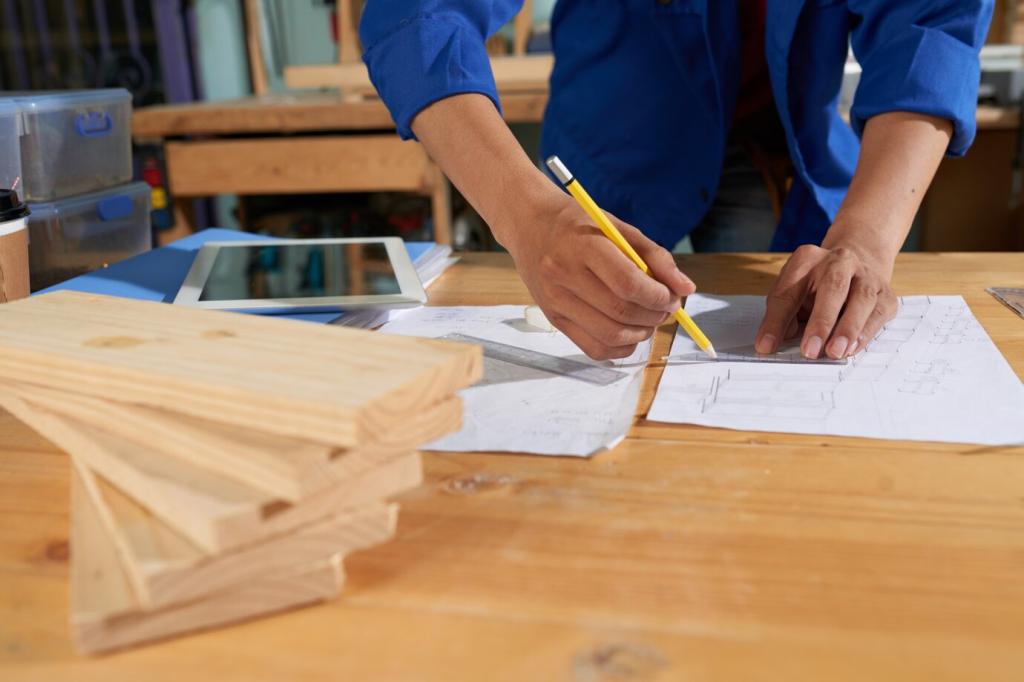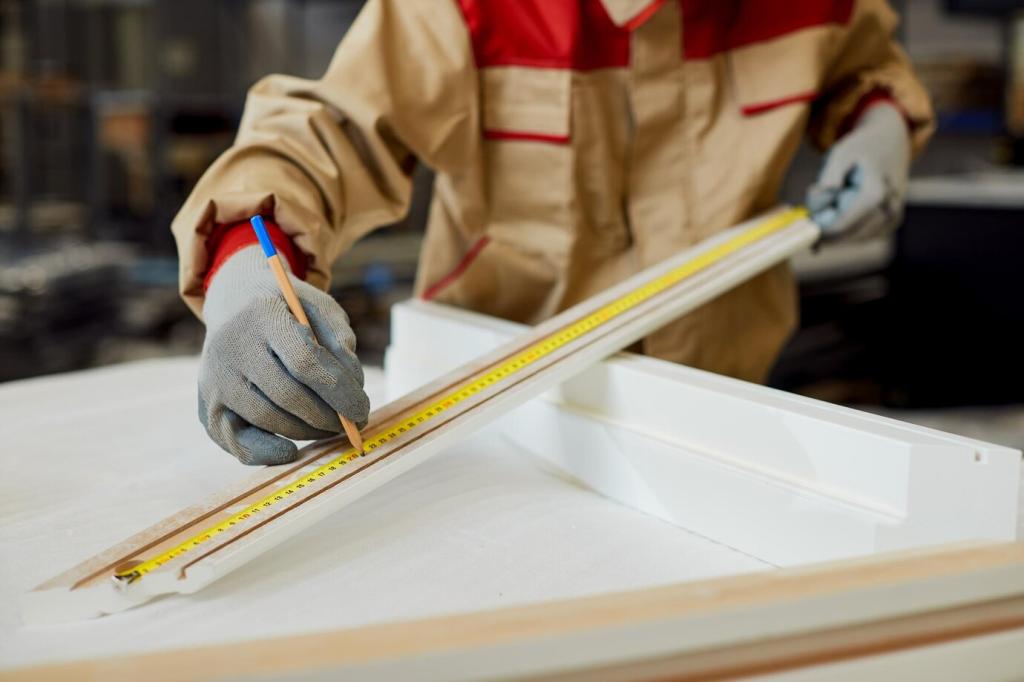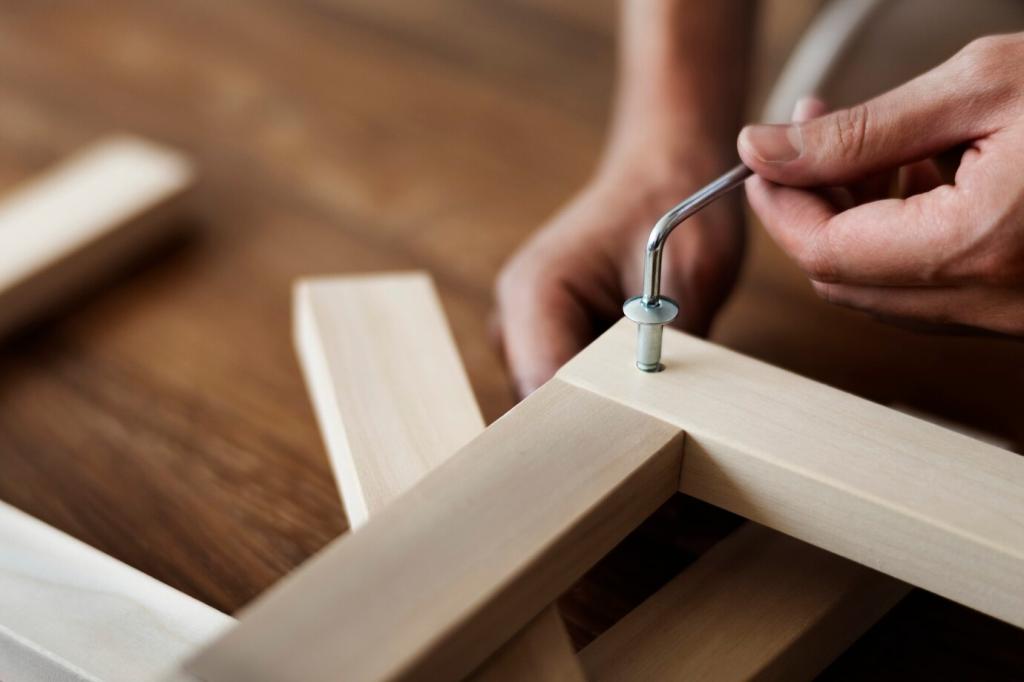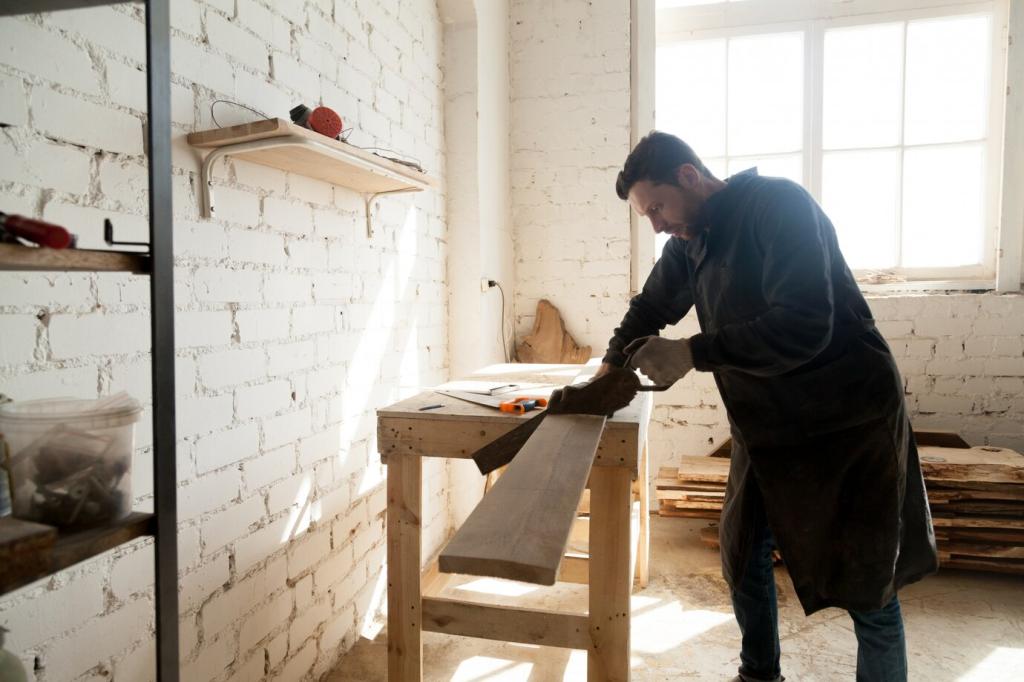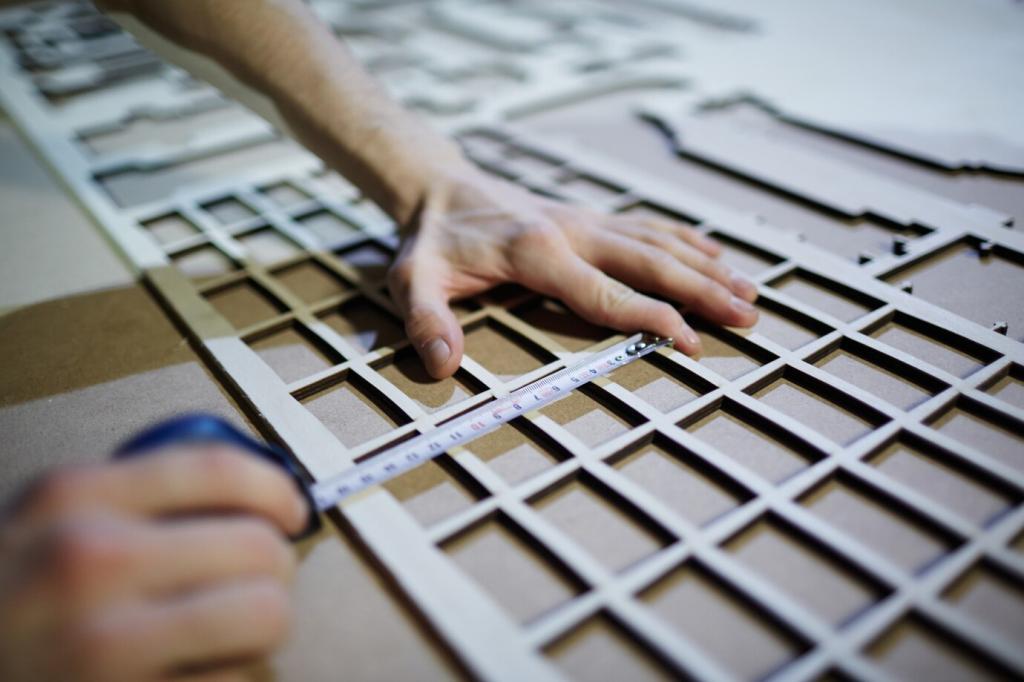Status and Symbolism: Reading a Room Through Its Upholstery
Crimson velvets whispered ceremony; pale blue damasks murmured restraint; and patterned silks negotiated between display and decorum. In some courts, fabrics aligned with seasonal cycles and ritual calendars, reinforcing structure through color. Which palette would you choose to signal welcome and wisdom? Share your imagined historic scheme.
Status and Symbolism: Reading a Room Through Its Upholstery
Eighteenth- and nineteenth-century portraits often stage sitters on upholstered sofas, their draped arms suggesting ease, literacy, and modernity. The furniture becomes a co-author of identity, framing a sitter’s poise and social world. Look closely at museum paintings—what does the upholstery say? Post your favorite example for us to discuss.
Status and Symbolism: Reading a Room Through Its Upholstery
The tufted Chesterfield, associated with eighteenth-century Britain, communicated durability and urbane composure in gentlemen’s clubs. Deep buttons restrained stuffing, creating even support for long debates. Over time, it migrated into parlors and libraries, carrying authority into domestic life. Do you love a good tuft? Tell us which detail seals the charm.
Status and Symbolism: Reading a Room Through Its Upholstery
Lorem ipsum dolor sit amet, consectetur adipiscing elit. Ut elit tellus, luctus nec ullamcorper mattis, pulvinar dapibus leo.

